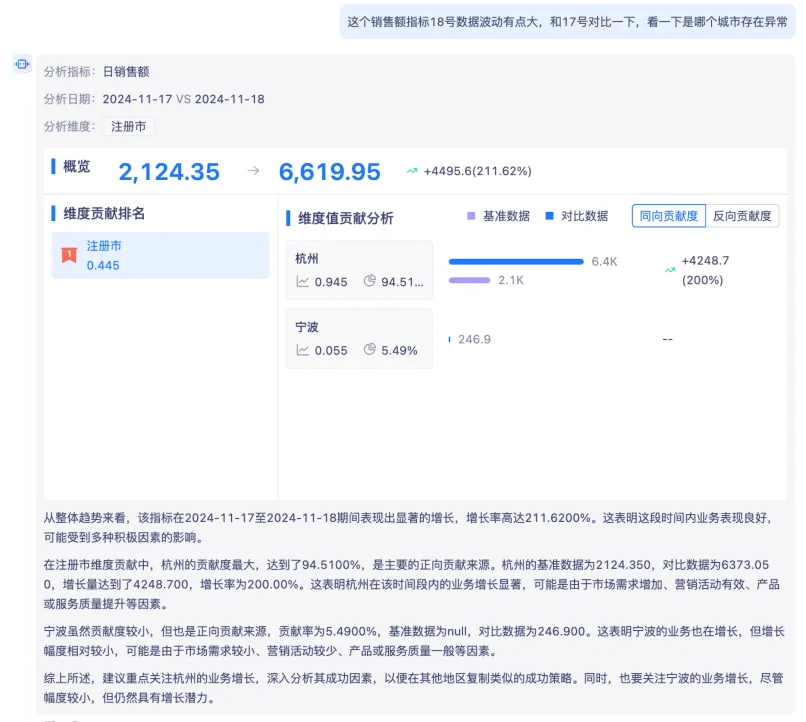Next.js 14 带来了许多激动人心的新特性,包括局部渲染、Server Actions 增强等。作为一名前端开发者,我最近在项目中升级到了 Next.js 14,今天就来分享一下从项目搭建到实际应用的完整过程。
项目初始化
首先,让我们创建一个全新的 Next.js 14 项目:
# 使用 create-next-app 创建项目
npx create-next-app@latest my-next-app
在初始化过程中,你会看到以下选项:
✔ Would you like to use TypeScript? Yes
✔ Would you like to use ESLint? Yes
✔ Would you like to use Tailwind CSS? Yes
✔ Would you like to use `src/` directory? Yes
✔ Would you like to use App Router? Yes
✔ Would you like to customize the default import alias? No
目录结构解析
创建完成后,我们来看看项目的核心目录结构:
my-next-app/
├── src/
│ ├── app/
│ │ ├── layout.tsx # 根布局文件
│ │ ├── page.tsx # 首页组件
│ │ ├── error.tsx # 错误处理组件
│ ├── loading.tsx # 加载状态组件
│ │ └── not-found.tsx # 404页面组件
│ ├── components/ # 组件目录
│ └── lib/ # 工具函数目录
├── public/ # 静态资源目录
├── next.config.js # Next.js 配置文件
└── package.json # 项目依赖配置
App Router 基础
Next.js 14 推荐使用 App Router,它基于 React Server Components,提供了更好的性能和开发体验。
1. 基础路由
// src/app/page.tsx - 首页
export default function Home() {return (<main className="flex min-h-screen flex-col items-center justify-between p-24"><h1>Welcome to Next.js 14</h1></main>);
}// src/app/about/page.tsx - 关于页面
export default function About() {return (<div className="p-24"><h1>About Us</h1></div>);
}
2. 布局组件
// src/app/layout.tsx
export default function RootLayout({children,
}: {children: React.ReactNode;
}) {return (<html lang="en"><body><header><nav>{/* 导航栏组件 */}</nav></header><main>{children}</main><footer>{/* 页脚组件 */}</footer></body></html>);
}// src/app/blog/layout.tsx - 博客专属布局
export default function BlogLayout({children,
}: {children: React.ReactNode;
}) {return (<div className="blog-layout"><aside className="blog-sidebar">{/* 博客侧边栏 */}</aside><div className="blog-content">{children}</div></div>);
}
数据获取
Next.js 14 提供了多种数据获取方式,默认都是基于 Server Components:
1. 服务端获取数据
// src/app/posts/page.tsx
async function getPosts() {const res = await fetch('https://api.example.com/posts', {next: {revalidate: 3600 // 1小时重新验证一次}});if (!res.ok) {throw new Error('Failed to fetch posts');}return res.json();
}export default async function Posts() {const posts = await getPosts();return (<div className="posts-grid">{posts.map(post => (<PostCard key={post.id} post={post} />))}</div>);
}
2. 动态路由数据获取
// src/app/posts/[id]/page.tsx
async function getPost(id: string) {const res = await fetch(`https://api.example.com/posts/${id}`, {cache: 'no-store' // 禁用缓存,始终获取最新数据});if (!res.ok) {throw new Error('Failed to fetch post');}return res.json();
}export default async function Post({params: { id }
}: {params: { id: string }
}) {const post = await getPost(id);return (<article className="post-detail"><h1>{post.title}</h1><div>{post.content}</div></article>);
}
Server Actions
Next.js 14 增强了 Server Actions,让表单处理变得更简单:
// src/app/posts/new/page.tsx
export default function NewPost() {async function createPost(formData: FormData) {'use server';const title = formData.get('title');const content = formData.get('content');// 服务端验证if (!title || !content) {throw new Error('Title and content are required');}// 直接在服务端处理数据await db.post.create({data: {title: title as string,content: content as string,},});// 重定向到文章列表redirect('/posts');}return (<form action={createPost}><input type="text" name="title" placeholder="文章标题" /><textarea name="content" placeholder="文章内容" /><button type="submit">发布文章</button></form>);
}
客户端组件
虽然 Server Components 是默认的,但有时我们需要客户端交互:
// src/components/Counter.tsx
'use client';import { useState } from 'react';export default function Counter() {const [count, setCount] = useState(0);return (<div><p>Count: {count}</p><button onClick={() => setCount(count + 1)}>Increment</button></div>);
}
元数据配置
Next.js 14 提供了强大的元数据 API:
// src/app/layout.tsx
import { Metadata } from 'next';export const metadata: Metadata = {title: {template: '%s | My Next.js App',default: 'My Next.js App',},description: 'Built with Next.js 14',openGraph: {title: 'My Next.js App',description: 'Built with Next.js 14',images: ['/og-image.jpg'],},
};// src/app/blog/[slug]/page.tsx
export async function generateMetadata({params
}: {params: { slug: string }
}): Promise<Metadata> {const post = await getPost(params.slug);return {title: post.title,description: post.excerpt,openGraph: {title: post.title,description: post.excerpt,images: [post.coverImage],},};
}
静态资源处理
Next.js 14 优化了图片和字体的处理:
// src/components/ProfileImage.tsx
import Image from 'next/image';export default function ProfileImage() {return (<Imagesrc="/profile.jpg"alt="Profile"width={200}height={200}placeholder="blur"blurDataURL="data:image/jpeg;base64,..."priority/>);
}// src/app/layout.tsx
import { Inter } from 'next/font/google';const inter = Inter({subsets: ['latin'],display: 'swap',
});export default function RootLayout({children,
}: {children: React.ReactNode;
}) {return (<html lang="en" className={inter.className}><body>{children}</body></html>);
}
环境配置
Next.js 14 支持多环境配置:
# .env.local
DATABASE_URL="postgresql://..."
API_KEY="your-api-key"# .env.production
NEXT_PUBLIC_API_URL="https://api.production.com"# .env.development
NEXT_PUBLIC_API_URL="http://localhost:3000"
使用环境变量:
// src/lib/db.ts
const dbUrl = process.env.DATABASE_URL;
const apiKey = process.env.API_KEY;// 客户端也可以使用 NEXT_PUBLIC_ 前缀的环境变量
console.log(process.env.NEXT_PUBLIC_API_URL);
错误处理
Next.js 14 提供了完善的错误处理机制:
// src/app/error.tsx
'use client';export default function Error({error,reset,
}: {error: Error;reset: () => void;
}) {return (<div className="error-container"><h2>Something went wrong!</h2><p>{error.message}</p><button onClick={() => reset()}>Try again</button></div>);
}// src/app/not-found.tsx
export default function NotFound() {return (<div className="not-found"><h2>404 - Page Not Found</h2><p>Could not find requested resource</p></div>);
}
开发调试
Next.js 14 改进了开发体验:
// 使用 React Developer Tools
import { useDebugValue } from 'react';function useCustomHook() {const value = // ... 一些计算// 在 React DevTools 中显示自定义值useDebugValue(value, value => `Custom: ${value}`);return value;
}// 使用 next.config.js 配置开发环境
/** @type {import('next').NextConfig} */
const nextConfig = {reactStrictMode: true,// 启用详细的构建输出logging: {fetches: {fullUrl: true,},},// 配置重写规则rewrites: async () => {return [{source: '/api/:path*',destination: 'http://localhost:3001/api/:path*',},];},
};module.exports = nextConfig;
写在最后
Next.js 14 带来了许多激动人心的新特性,特别是在性能优化和开发体验方面有了显著提升。这篇文章介绍的只是基础功能,在实际项目中,你还可以:
- 使用 Middleware 进行路由控制
- 配置国际化路由
- 实现增量静态再生成(ISR)
- 使用 Edge Runtime 优化性能
- 集成各种第三方服务
在接下来的系列文章中,我们会深入探讨这些进阶主题。如果你对某个特定主题特别感兴趣,欢迎在评论区告诉我!
如果觉得这篇文章对你有帮助,别忘了点个赞 👍










